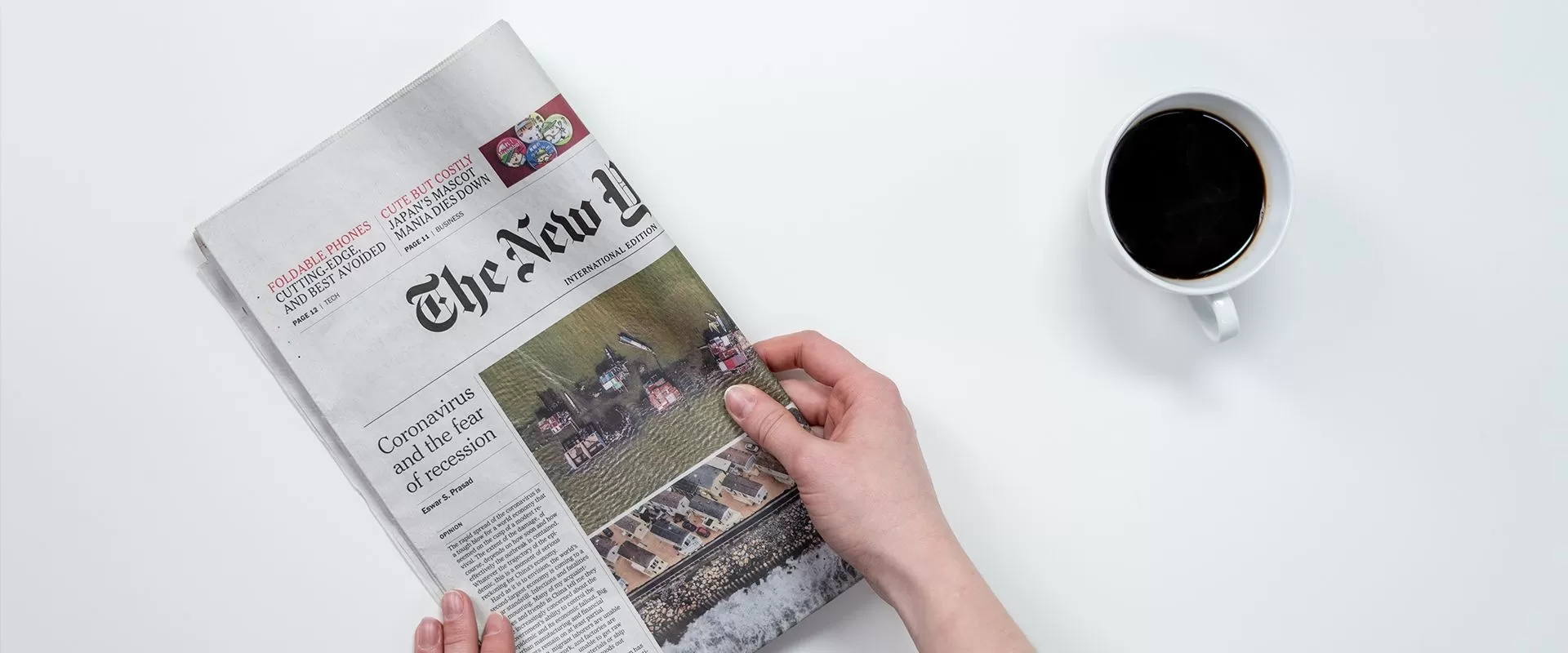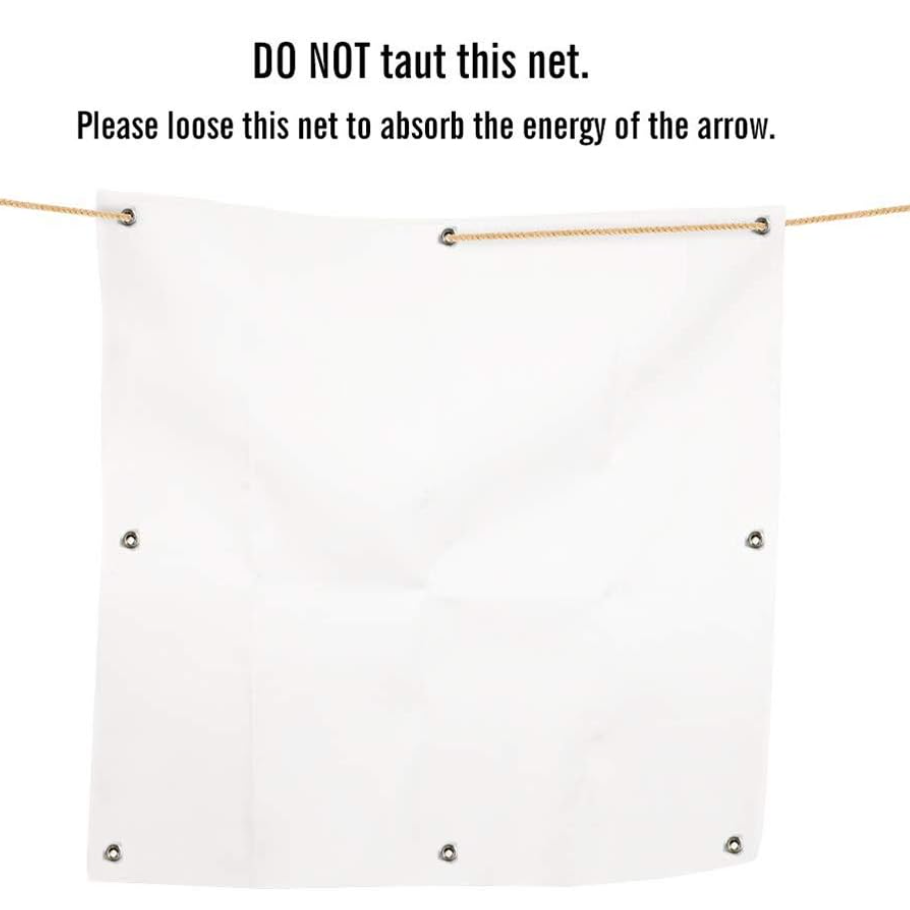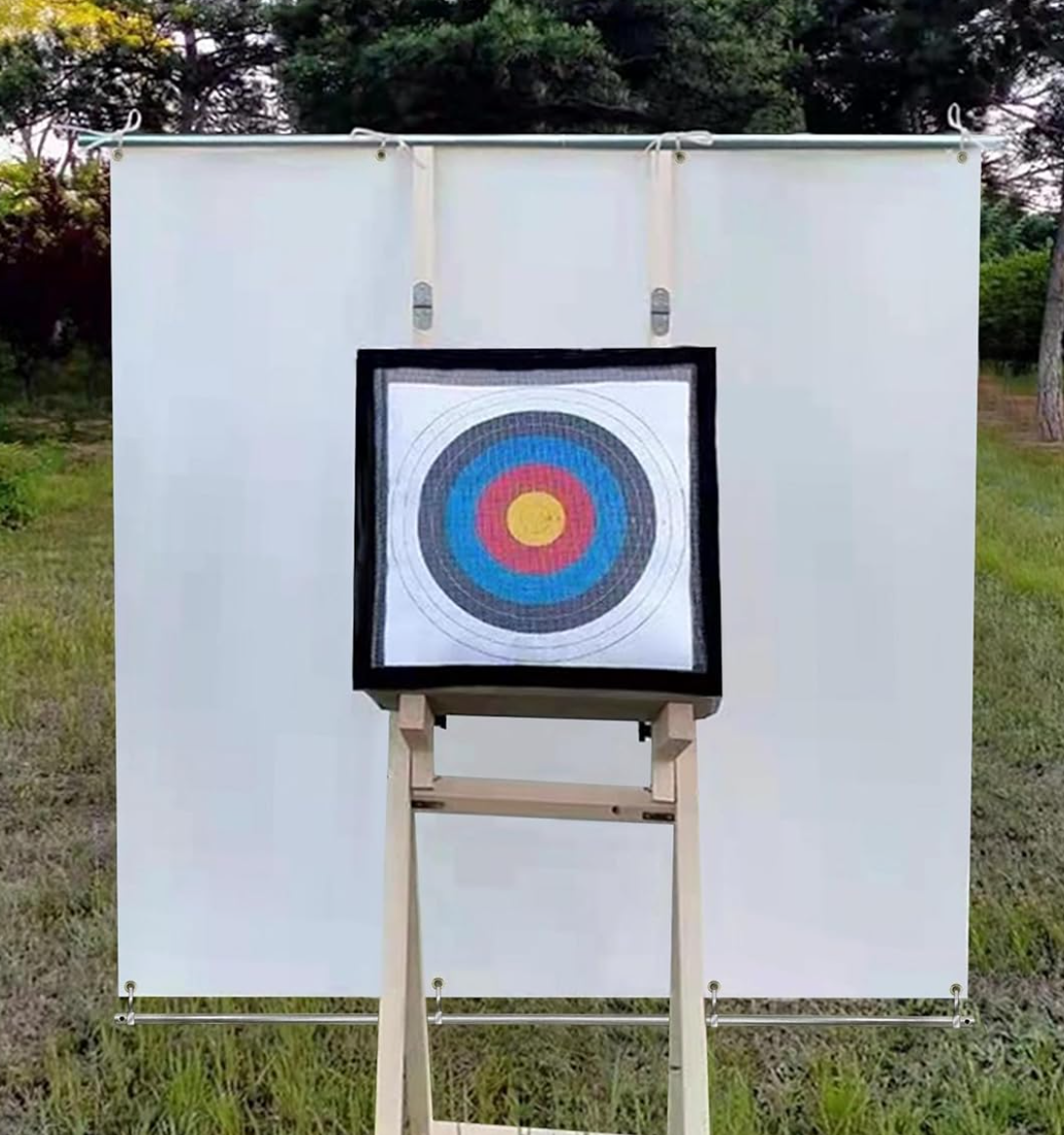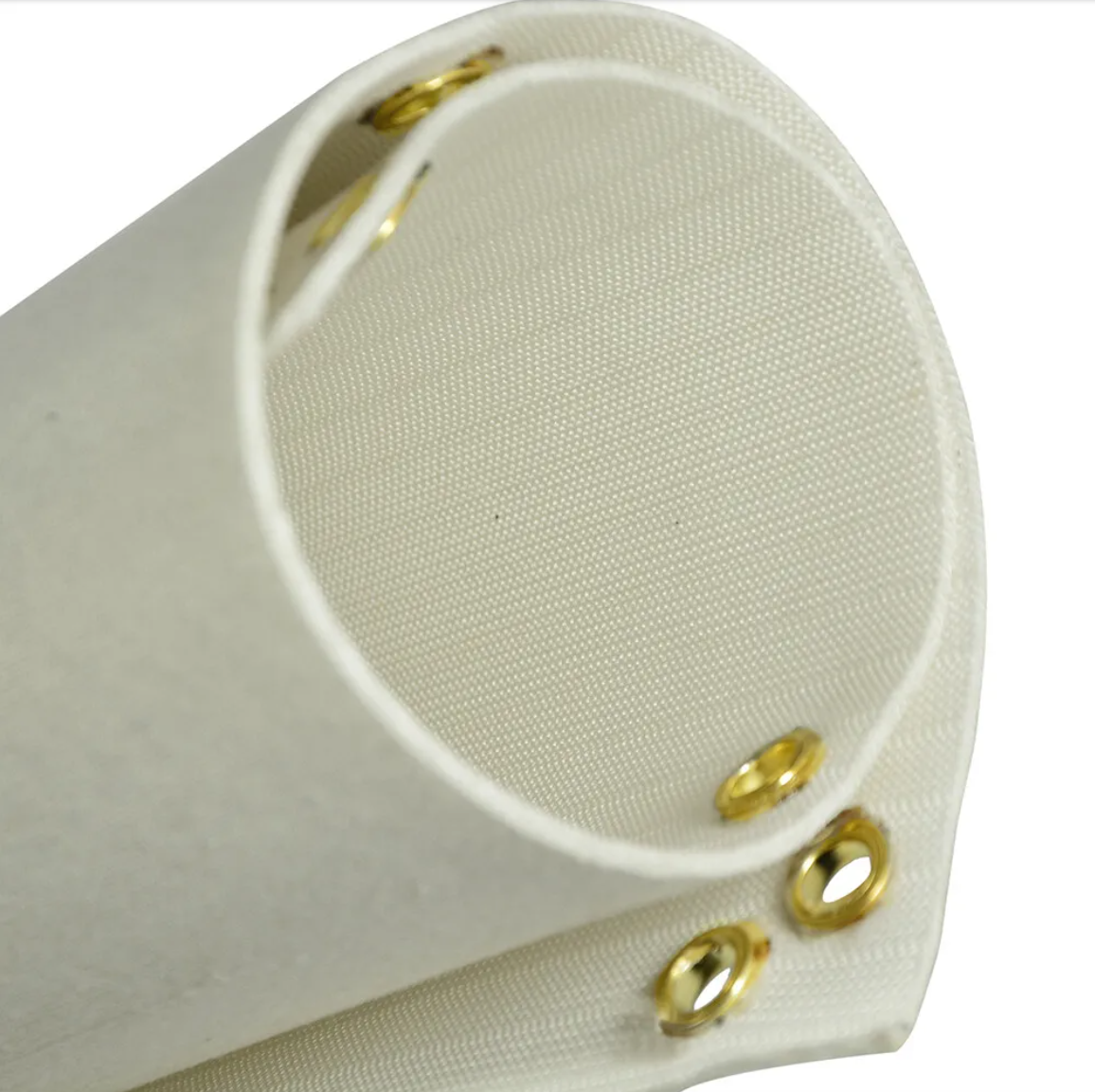How to Choose the Best Archery Target Fabric for Precision and Longevity
Introduction to Archery Target Fabric Essentials
Picking the correct material for archery targets matters a lot when it comes to how well they work and keeping everyone safe. The type of fabric used affects whether arrows go through properly or get absorbed, something every serious shooter knows matters for getting good results. Good quality target fabric lets arrows penetrate consistently so the energy from each shot transfers smoothly when they hit. On the flip side, cheap materials can be problematic. They either let arrows go too deep into the target or bounce back unexpectedly, creating dangerous situations and messing with someone's aim. Fabric thickness plays a big role here too. Targets that are too thick will basically stop arrows dead in their tracks, making practice frustrating. But if the fabric is too thin, arrows just keep going through without stopping, which is obviously unsafe and ruins any confidence archers have in their equipment during competitions or training sessions.
Why Fabric Choice Impacts Precision Shooting
What kind of fabric goes into making an archery target really matters when it comes to hitting those bullseyes consistently. The right material needs to grab onto arrows properly so they don't just bounce off, something every serious shooter knows is super important for accurate shots. Some tests have shown that denser fabrics actually slow down arrows more than lighter ones do, which explains why many top quality targets use heavy duty materials that let arrows sink in about the same amount each time. When looking at specifics, thicker weaves tend to create shallower penetration marks while still absorbing most of the impact force safely. On the flip side, going too light on fabric strength means the target won't last long before starting to degrade from all those impacts. We've seen cases where cheap targets literally fall apart after dozens of shots, leading to unpredictable results and sometimes even dangerous situations where arrows go straight through instead of sticking where they should. Nobody wants their focus broken mid-shoot because the target isn't performing reliably anymore.
Key Properties for Long-Lasting Target Performance
When it comes to getting good results from targets over time, some fabric characteristics just can't be ignored. First off, durability matters a lot, particularly where targets get hit repeatedly day after day. Fabrics that resist cuts handle all this punishment much better, so they last longer before needing replacement. Then there's weather resistance something else worth considering. Fabrics treated with waterproof coatings stand up to rain and damp conditions without falling apart. And let's not forget about UV resistance either because leaving targets out in direct sunlight will eventually break down most materials, making them less durable overall. Industry specs matter too when looking at wear resistance requirements like fire retardant treatments. Meeting these standards helps extend target life while keeping performance consistent whether someone is practicing basic shots or working on advanced techniques in different weather conditions.
Fabrics need to stand up against rain, sun exposure, and other outdoor conditions if they're going to last. Good weather resistance plus proper UV protection really makes a difference here. When arrows hit the target, it's also important that they come out easily without tearing holes all over the material. That kind of damage adds up fast. Following recognized industry guidelines means targets will work well whether used at competitions or backyard practice sessions. They keep their shape and stay functional even after hundreds of shots. All these things together explain why certain fabrics hold up better for archers in the long run, giving consistent results shot after shot without constant replacement headaches.
Critical Factors in Selecting Archery Target Fabric
Durability and Cut Resistance for Heavy Use
Picking the right fabric for archery targets matters a lot, especially when someone shoots with broadheads. Nobody wants their target falling apart after just a few shots. Good materials need to hold up against constant impacts without losing their shape or function. Cut resistance isn't just marketing speak either; there are actual tests like ASTM standards that measure how tough a fabric really is. These tests basically see if the material can take a beating from sharp objects before giving way. Some fabrics on the market stand head and shoulders above regular ones, lasting much longer while still performing well. Think about what goes into making cut resistant gloves for industrial workers - similar technology applied to archery targets makes all the difference in how long they last through hundreds of arrow strikes.
Weatherproof and Waterproof Fabric Considerations
The weather really affects how long archery targets last and how well they work over time. When manufacturers use materials that stand up to water and other weather issues, shooters get something they can count on no matter what Mother Nature throws at them. Good quality fabrics that resist getting soaked keep their weight and stay stable even after a downpour. This means the target doesn't become a soggy mess where arrows just fall through, which would make practice sessions frustrating. Some companies go the extra mile by adding layers with special waterproof coatings. These give extra defense against months of bad weather, so targets keep performing reasonably well whether someone is practicing in Arizona heat or New England rainstorms.
Fire Retardant Materials for Safety
Archery targets made with fire resistant materials offer much better protection when practicing indoors or hosting events. These materials help stop many common dangers that come up in indoor ranges where accidents happen. Take ASTM E84 certified fabrics for example they actually stand up to flames pretty well according to testing standards. Most indoor facilities require this kind of compliance anyway so it makes sense from both safety and regulatory perspectives. The special fabric construction works great for archery purposes too since arrows tend to stick around after shots. Practitioners get an extra layer of confidence knowing their gear won't catch fire if something goes wrong during training sessions.
Optimal Density for Arrow Stopping Power
How dense the fabric is in an archery target really matters when it comes to stopping arrows dead in their tracks. When the material is thick and compact, it works much better at catching those shots before they go through completely, since it soaks up most of the arrow's energy. For anyone wanting to practice safely without worrying about stray arrows flying around, these denser targets make all the difference. Looking at test results from different materials, we see time and again that thicker fabrics just stop arrows better than thinner ones do. Most experienced archers know this already and pick their target density depending on what kind of bow they shoot and how serious their training needs are. Some prefer lighter stuff for easier arrow recovery after practice sessions, while others want maximum protection against penetration risks.
Fabric Texture and Arrow Removal Efficiency
The texture of fabric makes a big difference when it comes to getting arrows back out, which affects how enjoyable archery is overall. When we look at different fabric surfaces, they change how well someone can hold onto an arrow shaft, so the amount of effort required to pull them free varies quite a bit. From what many archers report plus some testing results, smoother materials tend to cause less damage to arrows and make them come out much easier. For anyone setting up targets, finding fabrics that strike just the right mix between holding power and smooth surface matters a lot for both lasting quality and quick arrow recovery. Most commonly used target fabrics actually do pretty well at balancing these factors. They last through lots of shots without falling apart and still let shooters retrieve their arrows without frustration, even after hundreds of impacts over time.
Top Archery Target Fabric Products Reviewed
2mm Heavy Duty Backstop Netting (5x5ft/5x6ft/5x10ft)
The 2mm Heavy Duty Backstop Netting stands out because of its solid build quality and flexible options. We offer three different sizes: 5x5 feet, 5x6 feet, and the bigger 5x10 feet model. Unlike regular netting, our product uses thick fiber cloth material which makes it much safer and performs better during archery sessions. Many people who have used these backs stops talk about how tough they are. They don't tear easily even when exposed to rough weather conditions outside. The material resists rain, snow, and sun damage pretty well too. That means archers can set this up anywhere they want - inside or outside - without worrying about bad weather interrupting their training sessions.
2mm High-Density Fiber Backstop Netting
What makes the 2mm High Density Fiber Backstop Netting special is how it's built. The material really soaks up impacts, which means targets last way longer than usual. Made with dense fibers, this stuff holds up against all kinds of arrows better than those cheaper, less dense alternatives most people try first. Archers have been telling us about their experiences too many times to count. Works great no matter what kind of weather we're dealing with outside. Beginners love how forgiving it is when they miss their mark, while seasoned shooters notice it doesn't wear down even after hundreds of shots day after day.
Kevlar Reinforced Heavy Duty Backstop Cloth (20-70lbs)
The Kevlar Reinforced Heavy Duty Backstop Cloth stands out because of how tough it really is. It can handle a lot of punishment and works well with most compound bows since it handles draw weights between 20 and 70 pounds without issue. What makes Kevlar so special? Well, the material itself just doesn't give way easily, which means archers get something that lasts much longer than cheaper alternatives. Many experienced shooters have tested this stuff in all sorts of situations, including those brutal practice sessions where they're shooting hundreds of arrows day after day. Sure, the price tag on these backstops looks steep at first glance compared to regular cloth options. But think about it this way: when something actually lasts years instead of months, those extra dollars spent upfront start looking pretty reasonable when spread across all that use time.
Maintenance for Maximum Fabric Longevity
Cleaning Protocols for Different Fabrics
Keeping archery target fabrics in good shape means following certain cleaning steps so they stay functional and don't fall apart over time. Different fabrics need different treatments depending on what kind of material we're talking about here. Take those flame resistant textiles for example they really need gentle handling. Most people find that using mild soap and cold water works best for these special materials without messing up their protective layers. The pros out there always warn against throwing these items into regular washers or dousing them with strong chemicals because it just breaks down the fibers faster than normal. Many folks make the big mistake of reaching for solvent cleaners or chlorine bleach thinking it'll get things cleaner, but what happens instead is the fabric starts wearing out way before it should and loses all those safety properties that made it worth buying in the first place. A simple routine of spot cleaning when needed and occasional gentle washes goes a long way toward making sure these expensive pieces last through multiple seasons of practice and competition.
Repair Techniques for Worn Targets
Fixing up old archery targets really matters if we want them to last longer. There are several ways people fix damaged spots, from simple patch jobs to actual sewing work on bigger tears. For small problems, many archers just grab some fabric glue or stick on adhesive patches. These fixes work pretty well when done right away after noticing damage. Some folks have shared stories about how these basic repairs kept their targets usable for years without losing much accuracy. Getting to those little holes before they get worse stops the whole fabric from breaking down faster. Targets stay better at what they're supposed to do too, so shooters don't have to deal with unpredictable results during practice sessions.
Proper Storage to Prevent Degradation
How we store our archery targets makes all the difference when it comes to keeping those fabrics in good shape. The main goal is to protect them from things that cause damage. That means finding somewhere dry and cool for storage, definitely not where they'll get hit by direct sunlight. Controlling temperature matters a lot too. Too much heat or dampness just breaks down the materials faster than we want. Most folks find that around 55-70°F works pretty well if they can manage it, along with keeping humidity low. Instead of folding up the fabrics which creates creases, many experienced archers roll theirs up tightly. This simple step helps avoid tears later on when they need to take the target out again. Stick with these basic tips and the targets last longer, saving money while maintaining their performance quality through multiple seasons of use.

 EN
EN








































